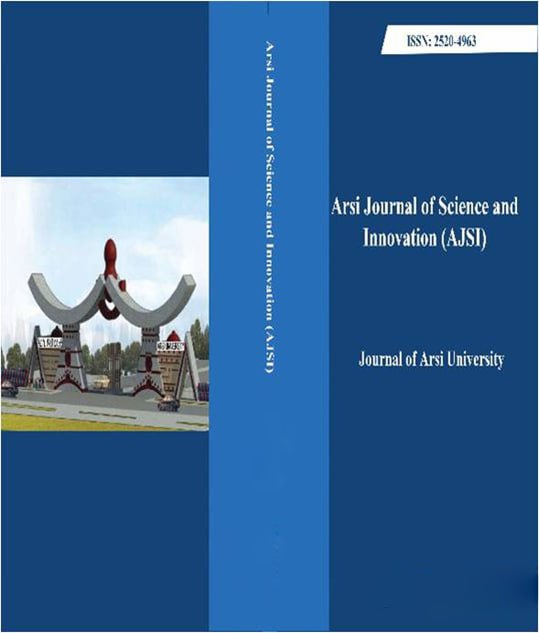Soil and Water Conservation Practices Adoption and its Intensity of Smallholders Farmers: The Case of Goromti Watershed West Shewa Zone, Oromia National Regional State, Ethiopia.
DOI:
https://doi.org/10.20372/m6d9-s737Keywords:
Double hurdle, Ethiopia, Intensity of adoption, Oromia, EthiopiaAbstract
The adoption intensity of soil and water conservation practices remains below the expected levels in Ethiopia and particularly in the study area. Therefore, this study aims to identify factors affecting adoption and intensity adoption of physical soil and water conservation practices in the study area. A three-stage sampling technique was employed to select 150 sample households. Both quantitative and qualitative data were collected from primary and secondary sources. Descriptive statistics and a Double hurdle model were used to analyze data. The first stage of the Double hurdle model results showed that sex of HHs, education level, frequency of extension contact, perception on soil erosion problems, family size, and training affect the probability of adoption of physical SWC practices positively and significantly while age affects it negatively and significantly. Age, plot size, steep slope, training, and frequency of extension contact affect the intensity adoption of physical SWC practices positively and significantly. s. Therefore, to enhance the adoption of introduced physical Soil and Water Conservation practices by households, promote agricultural productivity, and improve environmental quality, the Agricultural Office and other relevant organizations should consider the above influential factors
Downloads
Downloads
Published
Issue
Section
License
Copyright (c) 2024 Hawi Hailu, Aman Rikitu (Author)

This work is licensed under a Creative Commons Attribution-NonCommercial 4.0 International License.
